
[아츠앤컬쳐] 지난 호에서 다룬 럭셔리 자동차 페라리, 람보르기니와 마세라티 외에도, 모데나는 계절마다 고품격 역사 중심지와 영예로운 도시의 아름다운 이야기를 들려준다.
모데나는 음식으로도 유명하다. 1995년 3월 19일 중세 도시 중심에 오픈한 미슐랭 3 스타 주방장 마시모 보투라의 레스토랑 오스테리아 프란체스카나는 세계 50대 레스토랑에서 5위 안에 들었고, 2018년 ‘세계 50대 맛집’ 1위에 올랐다. 그의 컨셉은 요리의 전통과 혁신을 현대미술 디자인과 병합하는 것이다. 보투라는 이른바 ‘10km 밖에서도 보이는 이탈리아요리의 전통’이라는 절대적인 풍미로 분야와 전통을 탐구하고 이탈리아 생활에 대한 이야기를 들려준다.
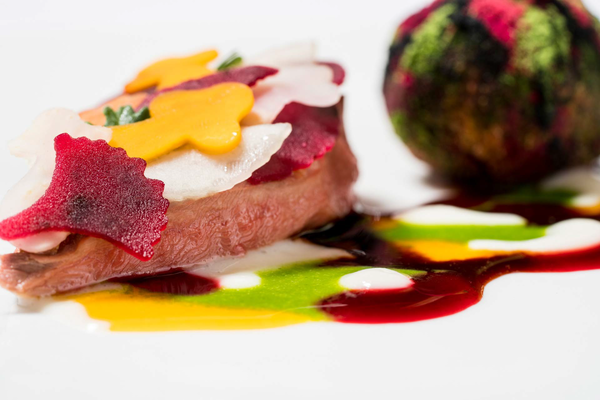
각 요리는 코스마다 특정한 느낌, 순간 또는 추억이 떠오르도록 스토리를 갖고 있다. 이제 보투라는 이탈리아와 전 세계에서 매우 소중하고 역사가 깃들어 있는 어머니의 요리를 감히 다시 생각케 한 예지력 있는 셰프로 인정받고 있다.

보투라의 식당 외에도 모데나 요리는 가히 전설적이다. 대부분의 여행객들은 이탈리아 북중부의 이 작은 도시에서 가장 전형적인 이탈리아 음식들이 만들어진다는 사실을 잘 모른다. 모데나에서는 프로슈토 디 모데나라고 불리는 자체 햄이 생산된다. 보통 모데나 레스토랑 메뉴에서 그 프로슈토가 모데나산인지 파르마산인지를 알 수 있는데, 둘 다 DOP에 등록된 것으로 엄격한 지침을 거쳐 해당 라벨로 브랜드화된 것이다.
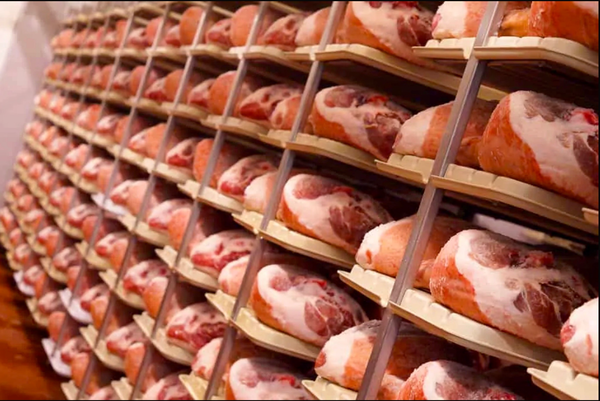
또한 이 지역에서는 튀긴 빵 뇨코 프리토의 인기가 높다. 빵을 얇게 썰어 터뜨려 프로슈토 한 조각을 넣는데, 최고의 뇨코 프리토는 따뜻하게 먹기 때문에, 이때 고기가 살짝 녹는다.
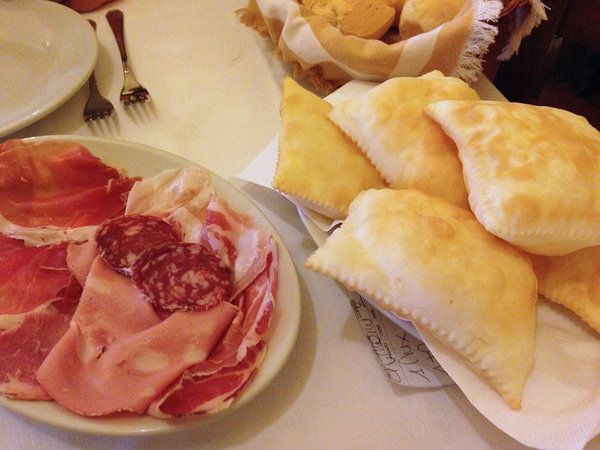
치즈나 고기를 넣고 한쪽 끝을 꼬집은 작은 반달 모양의 파스타 토르텔로니와 토르텔리도 유명하다. 모데나에서는 크림소스에 토르텔로니를 넣거나 버터를 바르고 흔히 세이지를 얹는다.
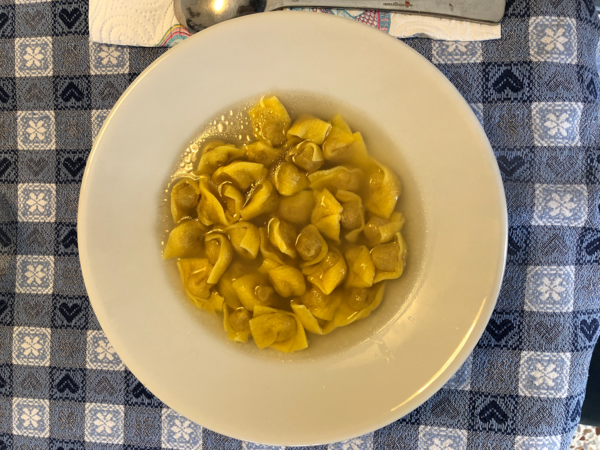
모데나의 가장 유명한 제품은 매우 진하게 농축되고 향이 강한 비노 발사미코다. 전통적인 발사믹 식초는 완전히 압착된 포도의 주스, 껍질, 씨앗 그리고 줄기로 만든다.

현지에서 재배하고 늦게 수확한 람부르스코나 트레비아노 품종의 달콤한 흰색 포도에서 추출한 것으로 직접 불에서 약 절반으로 농축한 후 최대 3주 동안 자연 발효시키고, 일련의 배럴(통)에서 옮겨가며 최소 12년, 또는 배럴에서 5년 이상 숙성시킨다.

이 통들은 참나무, 밤나무, 체리나무, 향나무, 그리고 뽕나무와 같은 다양한 종류의 나무로 만들어져 식초에 나무의 복합적인 향이 흡수된다. 일 년에 한 번 식초는 순서대로 가장 작은 통부터 병에 담는다. 그리고 나서 각 통에 다음 통의 식초를 채워나가, 가장 큰 통에 새로운 수확물이 채워진다. 이 과정을 거쳐 이탈리아인들이 그들의 음식에 매일 사용하는 독특한 풍미가 완성된다.

Modena
In the last issue we saw how Modena was the city of luxury cars: Ferrari and Lamborghini and Maserati. But Modena is also famous for other qualities. Modena is pleasurable in every season and offers tourists extraordinary beauties, all concentrated in its graceful historic center, which narrate the splendor of a city .

Modena is also famous for its food. In Modena we have one of the greatest chefs in the world: Massimo Bottura, an Italian restaurateur and the chef patron of Osteria Francescana, a three-Michelin-star restaurant, which has been listed in the top 5 at The World’s 50 Best Restaurant. The restaurant returned to rank No. 1 in The World's 50 Best Restaurants in 2018. On 19 March 1995 Bottura opened Osteria Francescana in the medieval city centre of Modena. His concept was to juxtapose culinary tradition and innovation with contemporary art and design. For Bottura, it’s all about exploring territory and traditions, telling stories of Italian life through the concentration of absolute flavours, as the chef defines it: "Tradition seen from 10 kilometres away".
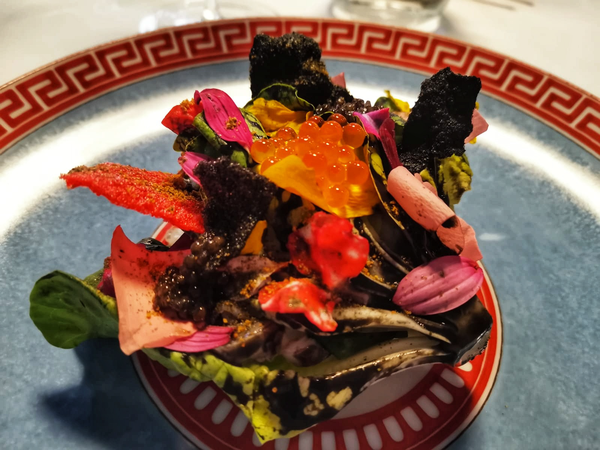
Each dish has a story attached, unraveling over the course of several bites or intended to trigger a specific feeling, moment or memory. Now Bottura is hailed, both in Italy and around the world, as the visionary who dared to rethink a mother cuisine so cherished and steeped in history.

Beyond Bottura and his restaurant, the cuisine of Modena is legendary. It’s just that most travelers to Italy don’t know that the most typical Italian food products come from this small city in North-Central Italy. Modena produces its own cured ham, though, called Prosciutto di Modena. Trying prosciutto while eating in Modena is important, regardless of whether it is di Modena or di Parma. Most Modena restaurant menus will say which it is. Both types of cured ham are DOP registered products, and must follow strict guidelines to be branded with that label.

Very famous is also Gnocco Fritto, a deep fried puff of bread popular in and around Modena. The bread is sliced open in order to pop a slice of prosciutto inside. The best Gnocco fritto is served warm, so the bread melts the meat just a bit. Tortelloni and tortelli are also famous: a small half-moon shaped pasta pinched at one end. They are generally stuffed with cheese or meat. In Modena, it is common to find tortelloni in a cream sauce, or slathered in butter and topped with sage.
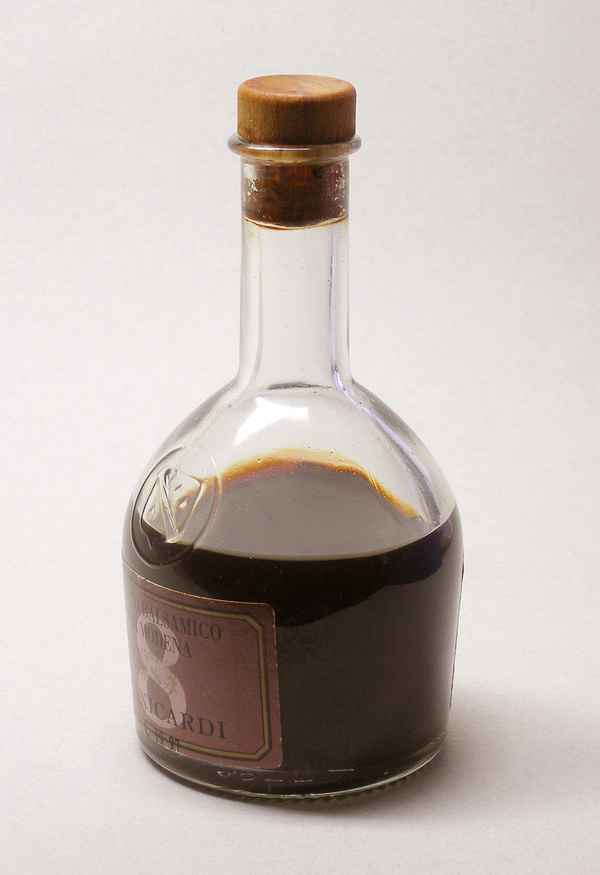
The most famous product of Modena is Vino Balsamico, a very dark, concentrated, and intensely flavoured vinegar. Traditional balsamic vinegar begins with grape must —whole pressed grapes complete with juice, skin, seeds and stems. The must from sweet white locally grown and late-harvested grapes —usually Lambrusco or Trebbiano varieties—is cooked over a direct flame until concentrated by roughly half, then left to ferment naturally for up to three weeks, and then matured and further concentrated for a minimum of 12 years in a "batteria," or five or more successively smaller aging barrels.

These barrels are made of different types of wood such as oak, chestnut, cherry, juniper, and mulberry, so that the vinegar can take on the complex flavors of the casks. Once a year the vinegar is bottled from the smallest cask in the sequence. Each cask is then topped up with vinegar from the next cask up, with the largest cask getting filled with the new yield. This process create a unique flavor of a product that Italians use daily in their food.
글 | 로베르토 파시

